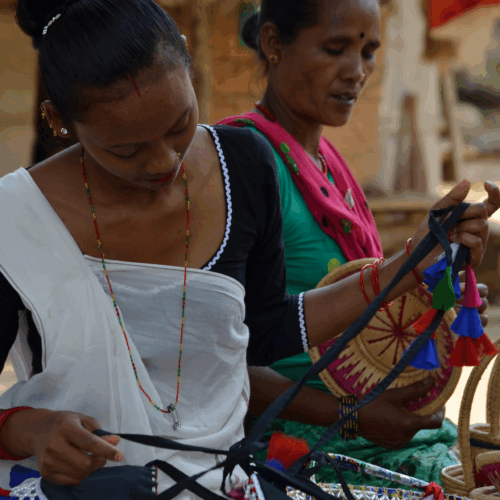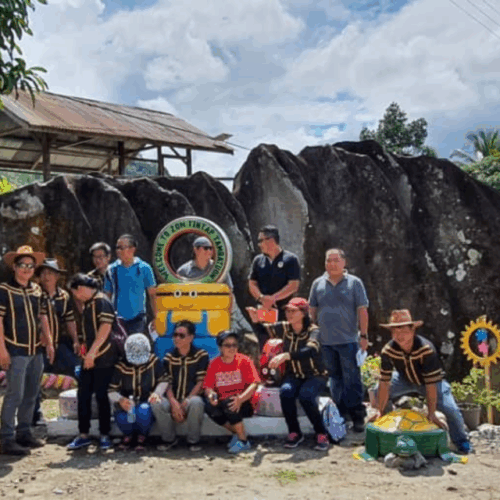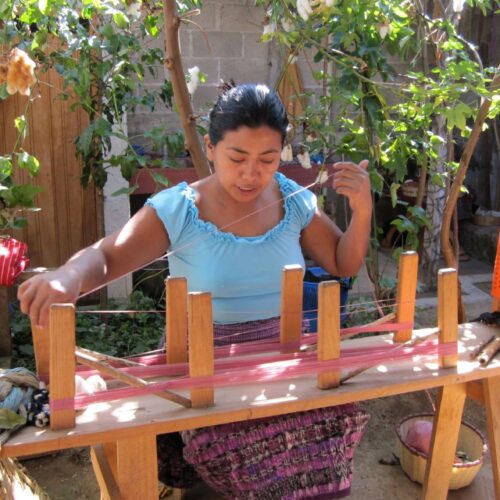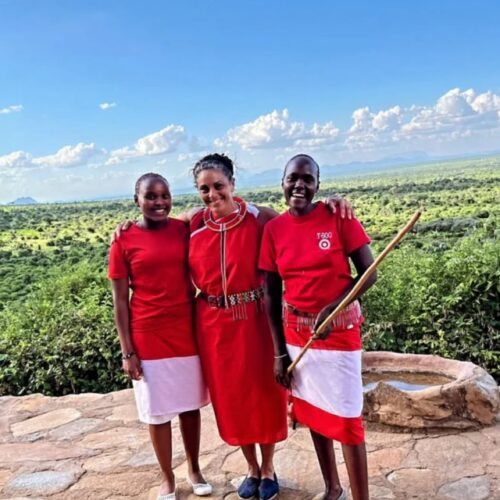At Planeterra, we work in partnership with Indigenous communities worldwide who are leveraging tourism to strengthen cultural heritage, generate livelihoods, and care for the land. For many, Community Tourism is one piece of a broader effort to secure futures on their own terms.
Our partners place cultural celebration at the centre of their work while creating jobs, training opportunities, and entrepreneurship opportunities. Many also reinvest tourism income into environmental stewardship, education, and other local priorities, ensuring tourism is not extractive, but community-owned and community-benefiting.
Here are a few examples of Indigenous-led initiatives Planeterra is proud to support:
Barauli Community Homestay (Nepal)
Tharu women and youth taking the lead
In Barauli, opportunities for women and youth to lead were once limited. Today, Tharu women manage the Barauli Community Homestay (part of Community Homestay Network), making key decisions about daily operations and traveller experiences. Youth contribute as guides, coordinators, and in logistics, gaining skills and building confidence for the future.
With each visit, 2% of revenue is reinvested in local priorities such as education, conservation, and health. Youth clubs, community forest conservation, and cultural festivals all benefit from these funds—strengthening Tharu culture and identity while building income for households.

Shandia Lodge (Ecuador)
Linking conservation and community development
The Kichwa community of Shandia in the Ecuadorian Amazon has revitalized Shandia Lodge into a hub for both visitors and conservation. Guided forest trails, community-run services, and cultural activities bring in income that directly supports local development and ecosystem protection.
Tourism here is not just about welcoming travellers; it’s about creating alternatives to environmentally destructive industries and reinforcing community control over the forest and economy.

D’danau Homestay (Malaysia)
Tourism supporting infrastructure and livelihoods
In Sabah, the Rungus Indigenous community has used D’danau Homestay to generate income and reinvest in community infrastructure. Revenue from hosting visitors is directed toward building and maintaining rural roads—vital for transportation, trade, and access to services.
More households now take part in the initiative, sharing Rungus culture with visitors and building sustainable income. By setting their own priorities, the community is using tourism to strengthen its economy and improve living conditions.

Posadas Mayas (Guatemala)
Maya families preserving hospitality traditions
Posadas Mayas is a network of Maya-run homestays where families welcome travellers into their homes and culture. Tourism income has supported home upgrades, reforestation, and improvements to the association’s infrastructure.
These efforts ensure that families benefit directly while maintaining the traditions of Maya hospitality. The initiative strengthens cultural identity and supports daily needs, long-term wellbeing, and community projects.

IL Ngwesi (Kenya)
Maasai-led conservation and education
IL Ngwesi Lodge is managed by a Maasai community that reinvests 40% of its tourism income into local priorities, including school bursaries, road maintenance, and youth employment. Women play an active role in land management, while young people gain training in both conservation and tourism.
Income from the lodge has already funded millions of Kenyan shillings in bursaries and scholarships, alongside projects like youth-led grass planting and road repair. IL Ngwesi demonstrates how Indigenous communities can harness tourism to sustain conservation and support community needs.

Across Nepal, Ecuador, Malaysia, Kenya, Guatemala, and beyond, Indigenous communities are proving that tourism can be a tool for self-determined futures.
Tourism, when community-led, becomes more than travel: it is a way to celebrate cultural diversity, create opportunity, and sustain land and livelihoods.


Post a comment